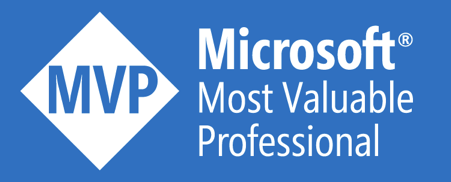At the time of writing, I am on the train back home from the INTEGRATE conference. It was great to hang out with friends from the integration community, have good chats with the various Microsoft product teams and get to know new people! In this blog post, I share the main evolutions that I’ve noticed amongst the enormous amount of content that was shared!
Pro-code and low-code unite
The announcement of .NET 8 support for custom code within Logic Apps Standard, combined with inline C# scripting, makes it possible to use the right mix for your needs. This is an evolution that I truly like! Use Logic Apps for long-running processes, with great orchestration capabilities and out-of-the-box retry mechanisms. Leverage inline code for simple logic, implement custom .NET code for more complex stuff that can potentially be reused within your Logic App and make your own NuGet packages if you want to reuse code across multiple Logic Apps. Best of both worlds!
Big investments in the gen AI space
What else? 🙂 On one hand, the various product teams are introducing AI to make their products better, like authoring Azure API Management policies or by describing what your Logic Apps actually do. On the other hand, they rightfully realize that the complexity in gen AI projects is mostly on the integration side. Both Logic Apps and API Management have announced quite some new features that ensure seamless integration with Azure Open AI and other AI services. Looking forward for more, because this is an area that I am quite active in.
Focus on enterprise-grade features
Our beloved Azure Integration Services have matured a lot over the past years, so the focus is shifting more and more towards enterprise-grade features. Azure Service Bus and Event Hubs introduced geo-replication with the option to choose between synchronous and asynchronous replication. This gives you a way to achieve an RPO of zero for your message broker, something that is not available in any other competing cloud. Next to that, API Management workspaces are coming our way, with dedicated and isolated compute per workspace. This is a great feature to centralize the governance of API Management and give at the same time enough freedom to the various API development teams within their own workspaces.
Hybrid deployment models
After some attempts about 3 years ago and quite a lot of (re-)engineering challenges under the hood, Microsoft has finally announced the preview of running Azure Logic Apps on any Kubernetes cluster, using Azure Arc. This means that you can host Logic Apps in your own data centre, but still manage them from within the cloud. This is ideal for running hybrid workloads and for critical on premises connectivity that cannot rely on stable internet connection. Very helpful for many of our manufacturing customers.
More overlap in the messaging space
Choosing the right Azure message broker is a challenge that many of my customers are facing. Previously it was quite straightforward. Service Bus is optimized for enterprise messaging, with support for AMQP and JMS. Event Hubs is perfect for handling event streams, using the AMQP or Kafka protocol. Event Grid is a perfect fit for eventing, in an HTTP-based push-push model. Event Grid got quite some attention lately, with the support for MQTT and the introduction of pull delivery. This makes the overlap with the other messaging services bigger. The message that Event Grid eventually will support AMQP too, can make it even more confusing. Curious how this will evolve.
So, these are my conclusions after a great INTEGRATE conference! Do you have any question or remark? Don’t hesitate to reach out to me!
And remember: sharing is caring!
Cheers,
Toon












